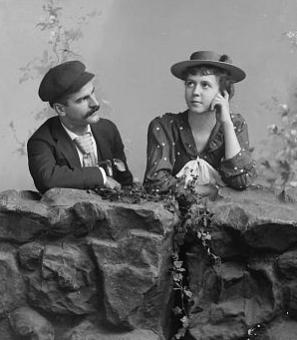Cissy Patterson: The First Lady of the D.C. Press
Eleanor Josephine Medill Patterson, better known simply as Cissy Patterson, was a powerful figure in D.C. newspapers both in the editor’s office and on the front page. Born in 1881 to the Medill newspaper dynasty, Patterson was one of the most famous belles of the turn of the century, counting among her closest friends the illustrious first daughter Alice Roosevelt. Over the course of her life, she would steer DC conversation, although the topic was too often herself.
Her first splash of notoriety was her extremely messy marriage to European aristocracy. By all accounts, Josef Gizycka was every inch the wicked eastern European count stereotype. A popular story related that at his first party in America, the count threw $10 bills at the assembled musicians (worth roughly $270 each at the time) and watched in delight as the orchestra devolved into a brawl, each member scrambling for the cash.[1] After a beautiful wedding in 1904 at her family’s mansion on DuPont Circle, which still stands, Patterson was in for a hard time as Countess Gizycka. She found that her husband’s estate in Russian Poland was little more than a hovel, and the promised servants only unpaid peasant children.[2] The count loved booze, women, and spending his wife’s money. After it became clear he also liked beating her, Patterson fled to London in 1905 with their infant daughter Felicia. The custody battle became an international incident after Count Gizycka abducted Felicia. Both President William Taft and Tsar Nicholas II intervened to return the child to her mother in 1908.[3]
By 1909, Patterson was back in America, and by 1917 she was officially a divorcée. But it wasn’t until 1930 that she again made Washington and the palatial DuPont residence her home. She’d gotten married again, written two novels, and been widowed, the entire time living extravagantly on her inheritance. It was time for a change. Friend of the family William Hearst tossed her the Washington Herald as a favor. Although Patterson had zero experience working at a newspaper (actually she’d never had a job in her life), the position felt right to her. She’d been in a family of newspaper titans, and could even boast that her first words were “circulation” and “advertising.” The Herald was losing money when Patterson took the reins, but she turned it around within a few years and almost doubled circulation. The first in and the last out every day, Patterson added a gossip column on the front page, sensationalized D.C. political feuds, and “scored a personal interview with Al Capone by ringing his doorbell.”[4]
No one can say Cissy Patterson started at the bottom, but there’s no argument she ended up at the top. By 1939, she owned both the Washington Herald and the Washington Times, consolidated them and made the resulting Herald-Times the most popular daily paper in the city.[5] She also reigned in the D.C. social scene. Invitations to her parties were highly desirable, as “the music was always perfect, the food of gourmet quality, [and] the champagne the best.” Always in the lap of luxury, she “kept her several homes opened with her maids waiting, her bath ready, and nightgown and slippers laid out in case she might drop in any hour of the day or night.”[6]
But despite being the brightest star in the sky, Cissy Patterson was anything but universally beloved. By the 1930s, she’d made an enemy of Alice Roosevelt by having an open affair with her husband, and then by publishing a prominent list of his old flames upon his death. A frenemy, Evelyn Mclean, once said of the her: “In all the years I’ve known Cissy, I never really felt I knew her – or wanted to.”[7] Patterson’s biggest critic, however, was her daughter, Felicia.
Despite the Hollywood ending of Felicia’s early kidnapping adventure, Felicia and Patterson were anything but picture perfect. In 1924, Felicia (18 years old) ran away after yet another “knock-down drag-out fight, which included hair pulling and clothing tearing.” Felicia kept in sporadic contact with her mother until 1943, when Felicia decided to ‘divorce’ her mother entirely after one last drunken row. Felicia later addressed her own drinking problems by becoming involved in the early Alcoholics Anonymous, but her relationship with her mother was never fully repaired.[8]
In the last years before her death in 1948, Cissy Patterson’s fortunes tumbled ever downwards. Just as her writers had lampooned DC society for decades, now society snickered at her. They spoke of her drinking, possible drug use, and slipping mind. Her editorials became “increasingly outlandish and bizarre,” and she became obsessed with the idea that she was dying (or that there would be foul play) and that the FBI was spying on her. She spoke about her will constantly, letting her friends know when they were arbitrarily in and out of her favor. She finally died, at the age of 67, the very night before the appointment with her lawyer to make changes to her will. Her death was ruled natural causes, and after a protracted legal battle, her daughter inherited nothing. Few remember Cissy Patterson today, and the Times-Herald has since been absorbed by the Washington Post.
Footnotes
- ^ Smith, Amanda. Newspaper Titan: The infamous Life and Monumental Times of Cissy Patterson. (Knopf: 2011).
- ^ “Former Eleanor Medill Patterson of Chicago Testifies in Divorce Suit Against Count Gizycka.” Evening Star. (Washington, D.C.), 20 June 1917. Chronicling America: Historic American Newspapers. Lib. of Congress.
- ^ Page, Eric. “Felicia G. Magruder, Ex-Countess, Dies at 93.” The New York Times, 4 April 1999.
- ^ “Cissy Patterson.” NNDB.com.
- ^ Epstein, Joseph. “Dynasts of the Daily Press.” The New York Times, 13 Oct 2011.
- ^ Cassini, Marguerite. Never a Dull Moment: The Memoirs of Countess Cassini. (Harper & Brothers Publishers: 1956).
- ^ Cassini.
- ^ Smith, Amanda. “The Women Behind the Early Alcoholics Anonymous Movement.” The Atlantic, 15 Feb 2012.


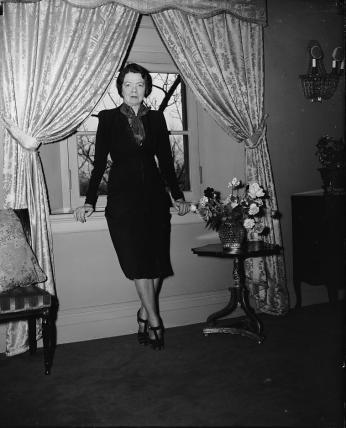
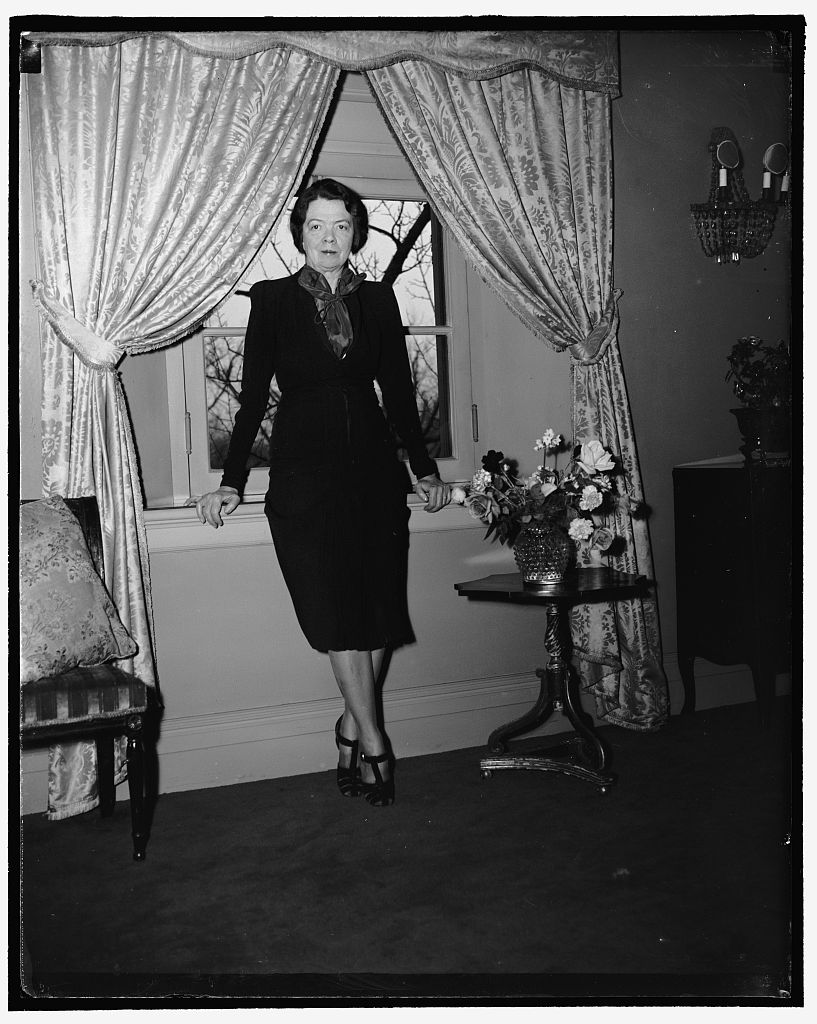
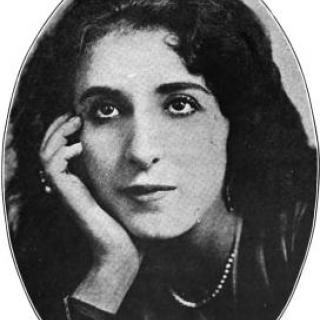
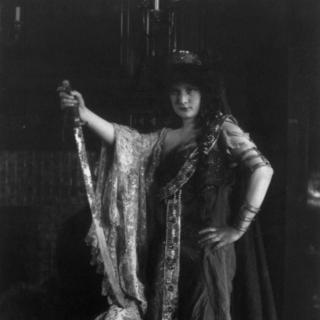
![Sketch of the mythical fuan by Pearson Scott Foresman. [Source: Wikipedia]](/sites/default/files/styles/crop_320x320/public/2023-10/Goatman_Wikipedia_Faun_2_%28PSF%29.png?h=64a074ff&itok=C9Qh-PE1)











